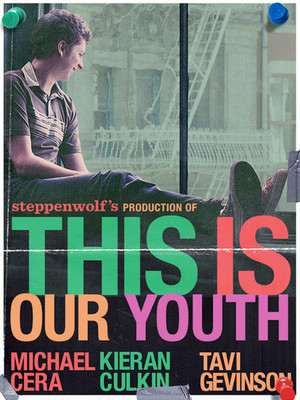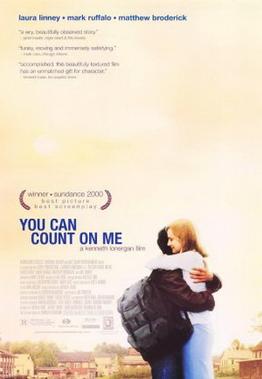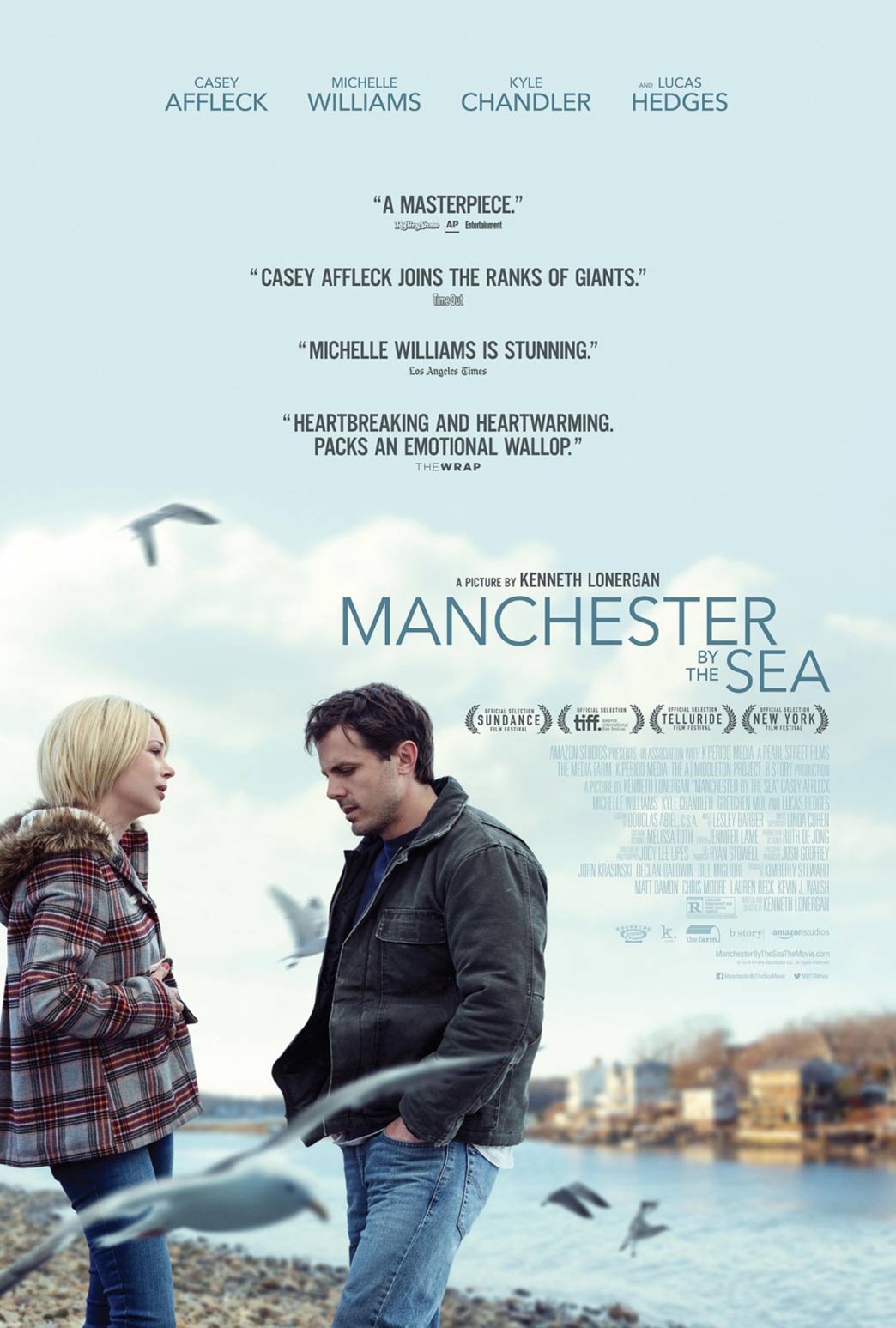by Deanie Vallone
Think of the word “hero” and
what is conjured? Marvel superheroes? Historical movers and shakers? Fanciful
characters from literary epics? Regardless, heroism usually requires one to
shed the weight of humanity, excel above and beyond the ordinary citizen to
make a lasting, positive impact on the world.
The
characters in Kenneth Lonergan’s play, LOBBY HERO, do nothing of the sort. And
yet, as the story unfolds, these four characters — an ensemble, each protagonists
in their own right — find themselves touching the shiny veneer of the word “hero”
and grappling with its meanings and implications.
 |
Chris Klopatek plays Jeff in MCT's production
of LOBBY HERO. Photo: John Neinhuis. |
When we
open on the titular character of the play — lobby security guard, Jeff, a
wise-cracking man-child with no sense of decorum or filter — it is difficult to
see how he could be labeled a hero, even if only a “lobby hero.” With the
appearance of the play’s three other characters — by-the-books supervisor,
William; on-the-rise cop, Bill; and his on-probation rookie, Dawn — the question
of heroism becomes inextricably linked with modes of power and performance.
Though there is clearly a hierarchy, in which Jeff occupies the bottom rung, and
the cops see the security guards as “doormen,” all four characters, by the
virtue of their work as protectors, grapple with the complexities of power,
authority, and the law. But Lonergan’s skill with LOBBY HERO is extrapolating
the reality of their humanness, the painful limitations that restrict these
potential heroes not necessarily physically, but morally and ethically.
Morality
is understanding the distinction between right and wrong, while ethics is the
philosophy of how that morality shapes and guides individual and group
behavior. While some critics have called LOBBY HERO a melodrama — what with its
murder investigation and sexual politics — Lonergan says the play is “a bit like
a fable, a tangled morality play.”
Like his previous plays, THIS IS OUR YOUTH (1996) and THE WAVERLEY GALLERY
(2000), he infuses LOBBY HERO with naturalism, but this play distinguishes
itself with “something more theatrical, […] a bit more heightened.”
It is clear from the beginning that all four characters are playing at
heroism—Bill as the “Supercop;” Dawn, whose brash attack on a civilian is just
one act of many meant to prove her worth in the police force; William,
struggling to run a smooth ship, despite personal and professional obstacles;
and Jeff, who, despite his goofball personality, is sincere in his desire to be
a better version of himself.
This concept of performance is key because when
faced head-on with issues of morality and ethics, these characters become
embroiled in “a restless search for a new moral code in response to the failure
of the old codes.”
In
searching for this new moral code, they must be the ones to define it.
Lonergan’s
quartet occupies a gray area — in their struggle for goodness, they make plenty
of mistakes. At odds with themselves, these are people who see and appreciate
heroism, but lack the ability to achieve it. Jeff encapsulates this perfectly
when recalling his Naval officer father’s own heroic actions. “It’s actually a
really amazing story,” Jeff begins. After listening to how Jeff’s father saved
the lives of twenty-three of his fellow Naval men, William remarks, “That’s
very impressive,” to which Jeff replies, “Yeah: I know it is impressive.” With
a childhood marked by his father’s re-performing of heroism through the act of
storytelling, Jeff’s own retelling of the event is imbibed with awe and a
deep-seated animosity for a heroism he longs for but struggles to emulate.
Lonergan’s
characters tap into the “theatricality” of heroism, if not the actuality of it.
For a play about murder, blackmail, and sexual harassment, LOBBY HERO lacks a
police drama’s heightened action. Instead, the play encloses the characters in
an environmental crucible — a high-rise lobby in Manhattan — where they perform
heroism through the myth-building act of conversation and storytelling. We
rarely see physical action being taken; instead, we listen to the characters
attempt to shape and define their personal narratives, and thus themselves,
through the versions of the stories they tell.
"I was
interested in people’s personal behavior versus what they expect of themselves,”
Lonergan says of this play.
This conflict of interior and exterior selves, of expectation and reality, is
key to the characters’ interactions with each other. Dawn, for example, plays
tough around other cops — ”You make them respect you” — but her partner still sees
her as “a little girl wearin’ a police uniform.” William and Jeff argue about
responsibility to one’s family while Dawn argues for lawfulness. “[I]t’s still
your responsibility to tell the truth and obey the law. You can’t just make it
up when there’s some part of it that you don’t like,” she says, to which Jeff
counters, “But somebody made up the law, didn’t they? Some people made up the
law, a bunch of people like you and me literally sat down and wrote it up[...]”
Jeff’s statement notes the inherent myth-building within the old moral codes,
inherently flawed because they were created by people.
Lonergan has mentioned
that many characters in his plays are based on real people. The reality of
humanness at work here remains central to the characters’ moral and ethical
struggle to define themselves and the world around them. Unable to shake their
humanity, their quest for heroism is weighed down with real flaws, moral
quandaries, biases, and fears.
The
world of LOBBY HERO is morally muddy. It’s not surprising then that Lonergan’s
characters have difficulty navigating this quagmire, and don’t always come out
with the correct answer. The play asks a lot of tough questions of its “heroes”
and audiences: What does it mean if you’re doing the wrong thing for the right
reasons? What if doing the right thing means hurting or betraying someone? When
are we allowed to decide if the law is right or wrong? Are you still a hero if
no else else thinks you are or if you’re maligned for your actions?
While the
play doesn’t easily answer all of the questions, heroism, it seems to say, does
not come as simply as donning a cape.




























